New alarm in the Arctic sea! Last month, the arctic sea ice reached a new record low. The iced area has never been so small for a month of October...
First, Siberia has experienced extreme temperatures. Then, further west, in Svalbard, halfway between Norway and the North Pole, the thermometer displayed temperatures up to 10 ° C above seasonal norms for several days. These phenomena, which have been accompanied by extraordinary fires this year and an accelerated melting of glaciers and permafrost, worry those who live in the middle of this fragile ecosystem. At the forefront of global warming, they explain to us why what they see today should already concerns us all.
Only two plots north of Greenland and along Canada's northern islands are still covered with ice throughout the year in 2020, warns a study published on October 15 in the journal Geophysical Research Letters.
Sadly, even these last areas of "eternal" ice are melting at twice the rate of the rest of the Arctic Ocean.
"The area of the Arctic sea ice in October will be the lowest on record and the growth rate of the sea ice is slower than normal," Rasmus Tonboe, an expert at DMI, told AFP. According to preliminary satellite data used by the institute, its area was only 6.5 million square kilometers large on October 27.
Satellites have been observing these areas very precisely since 1979, and the downward trend is clearly quickening in pace. For Mr. Tonboe, October set a "low record" unmatched in 41 years. If you check number for October 2020 alone, the ice cover shrunk by 8.2% compared with the last ten Octobers.
"With less ice on the sea, the sun is also warming the seawater for longer every year, resulting in warmer seas and less ice settling down. Winters get shorter and shorter, the ice doesn't have time to thickens as it did before, "Mr. Tonboe summed up.
The size of the sea ice had already recorded a very low level in September with its second smallest area ever recorded, after 2012. On September 8, it measured only 4.2 million kilometers, according to the researcher.
Mr Tonboe just came back from the longest international scientific expedition to the North pole. The Multidisciplinary drifting Observatory for the Study of Arctic Climate (MOSAiC) voyage lasted 389-day and was led by the Alfred Wegener Institute, Helmholtz Centre for Polar and Marine Research (AWI) in Germany.
AWI is now issuing an urgent appeal to try to save the "disappearing" summer sea ice. We are now only seeing a "melted, thin, crumbly ice", and "surfaces of liquid water as far as the eye can see, up to the horizon line".
This ice melting opens up new maritime passages, which will play a growing role in international trade and stirs up greed for its potential riches. The region is indeed likely to contain 13% of oil reserves and 30% of undiscovered natural gas in the world.
What about the human impact in all of this?
“Global warming is a multiplier of the effects of natural variability”, specifies a researcher. The average rise in temperature implies that the natural heat episodes, controlled by the North Atlantic Oscillation, are stronger and longer. It is this mechanism which also explains why we will have, if we do nothing, more and stronger heat waves in Europe in the decades to come.
3D Thailand:
Thailand's best Dive weekend: Surin islands and Richelieu Rock
4D Thailand:
Best of Thailand Dive Cruise: Surin, Koh Tachai, Koh Bon and Richelieu Rock
5D Thailand:
Best of Thailand Dive Cruise: Surin, Similan and Richelieu Rock
7D Thailand:
DIVE ALL OF Surin, Similan and Richelieu Rock

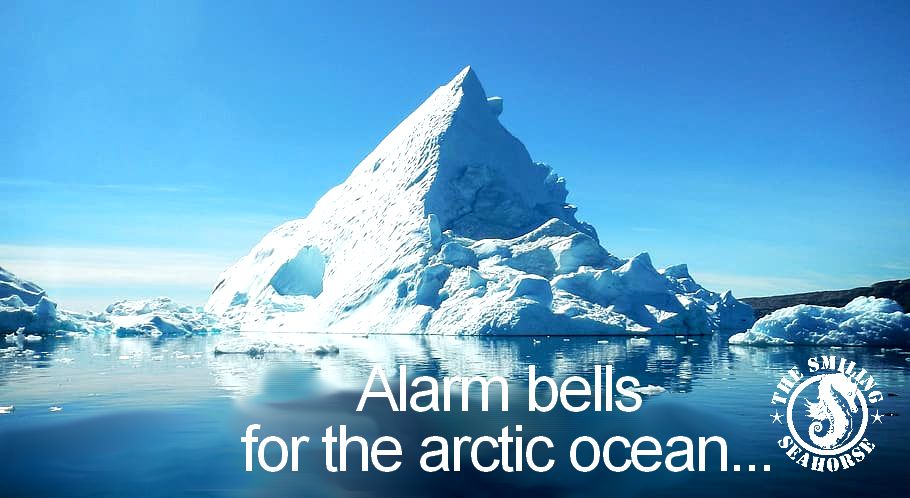
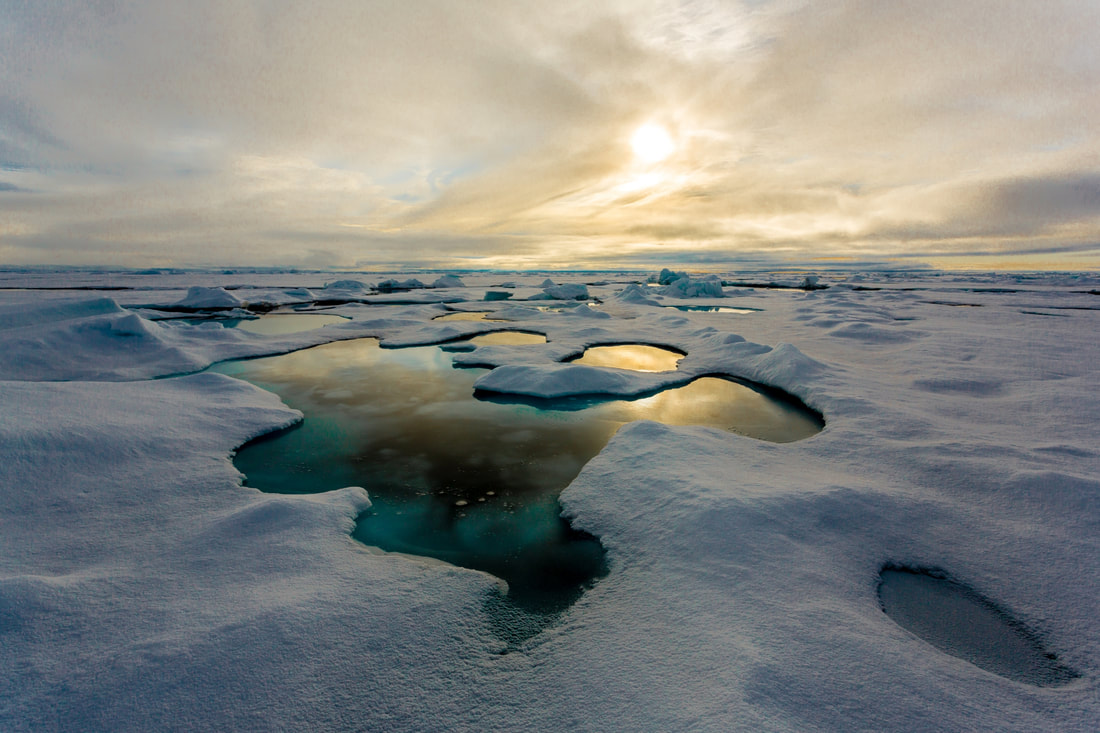
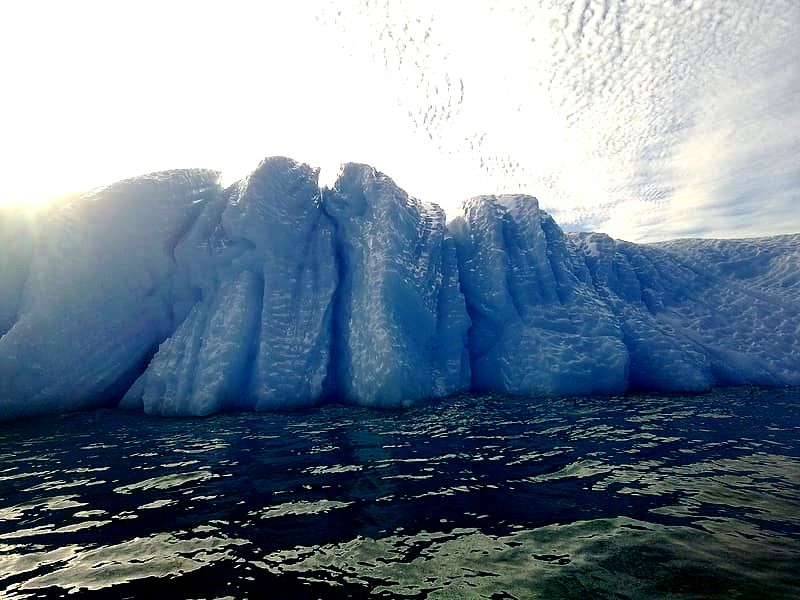
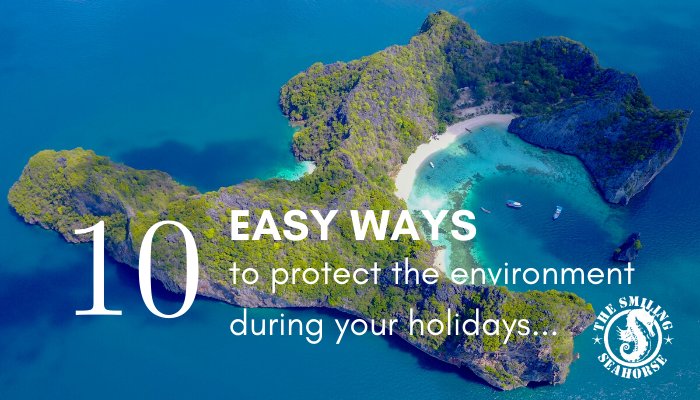
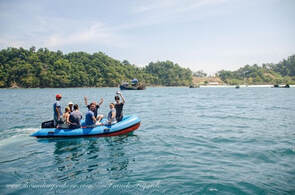

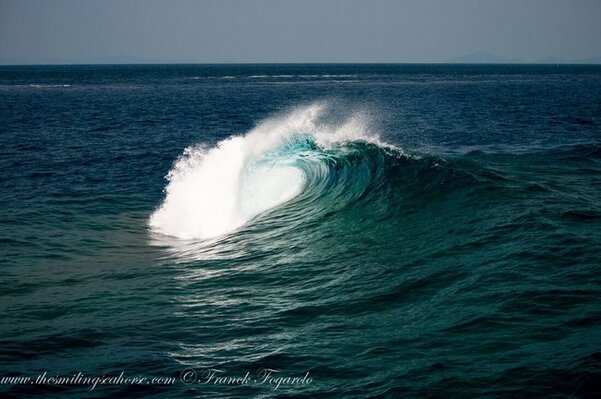
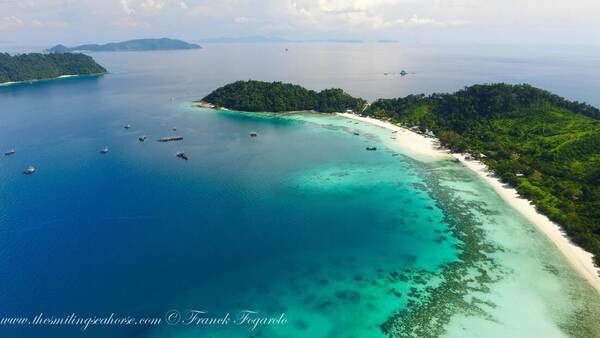
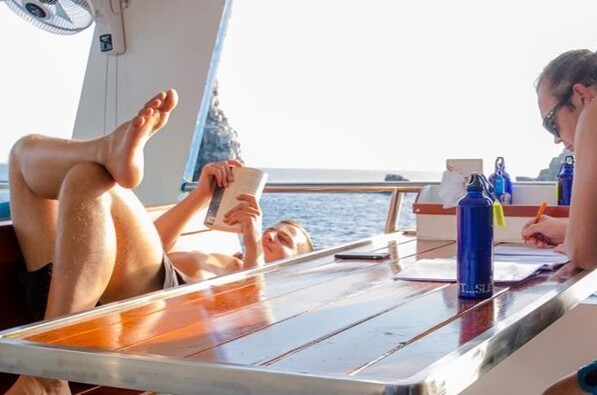
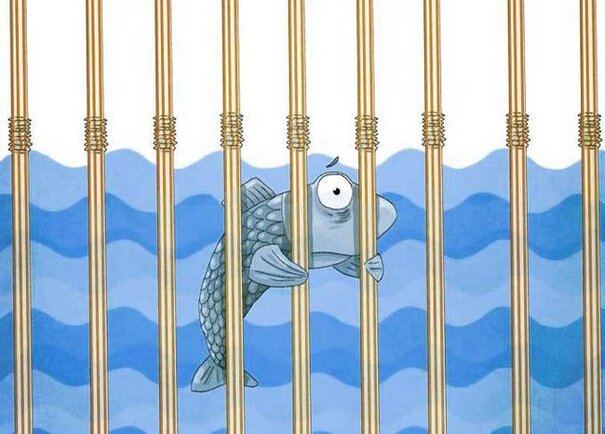
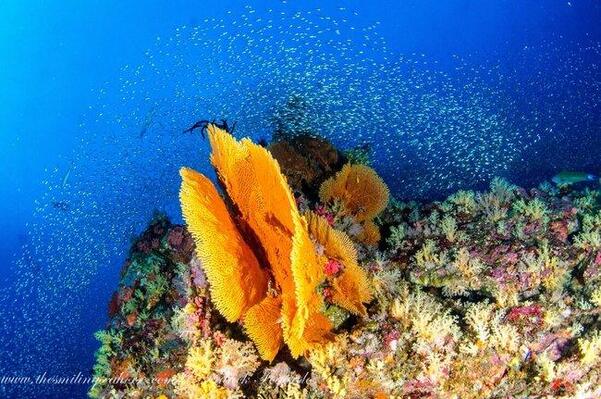
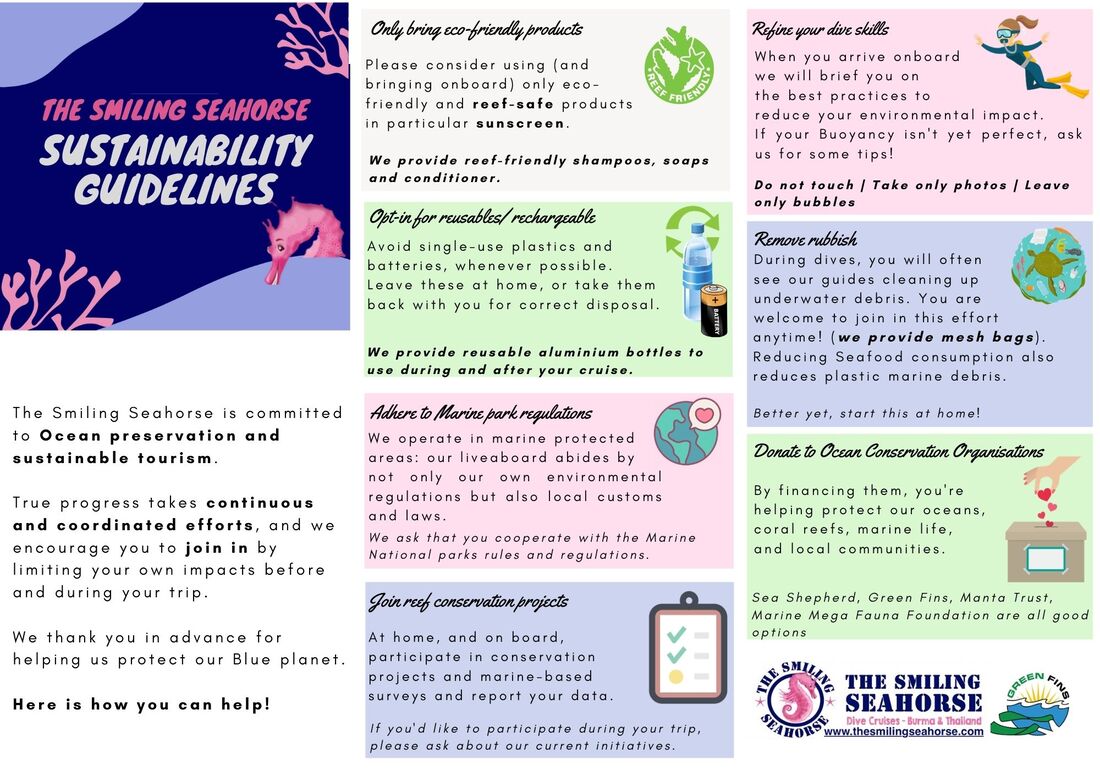
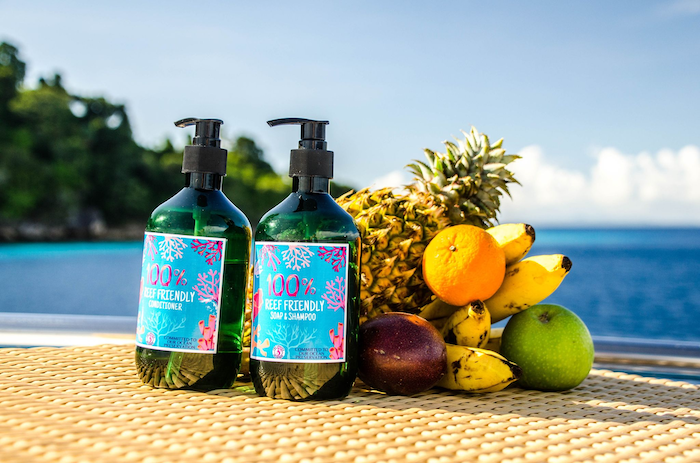
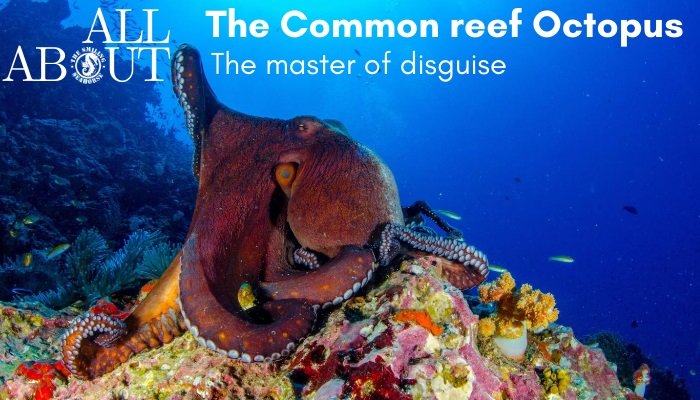
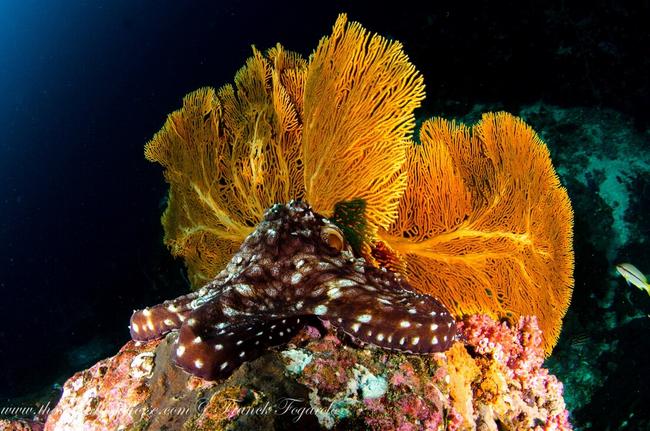
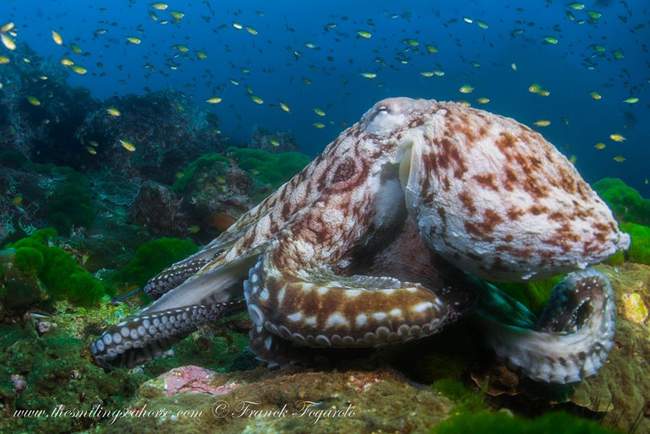
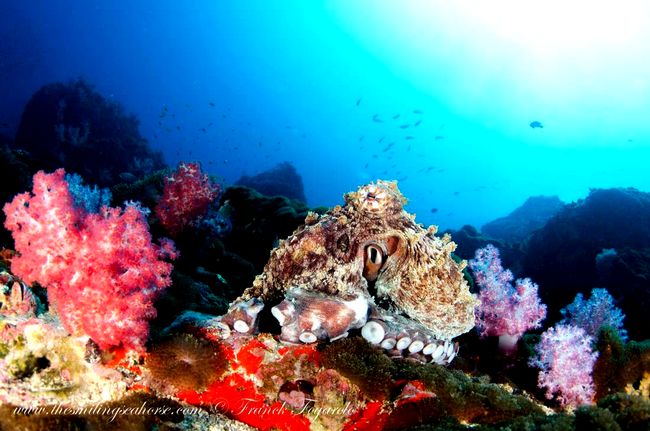

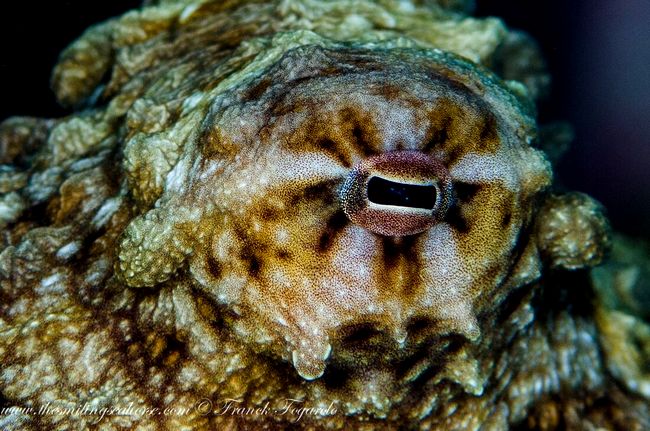
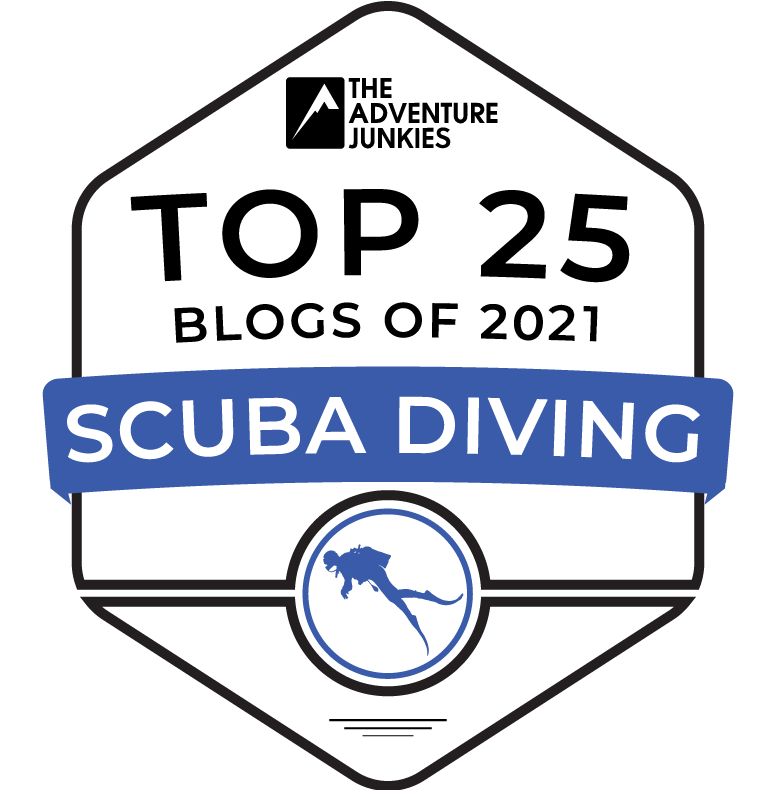
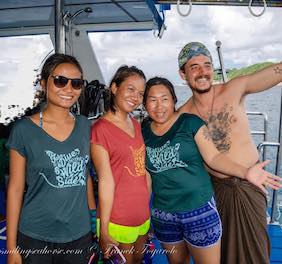
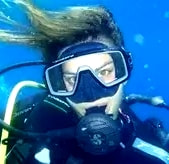

 RSS Feed
RSS Feed




